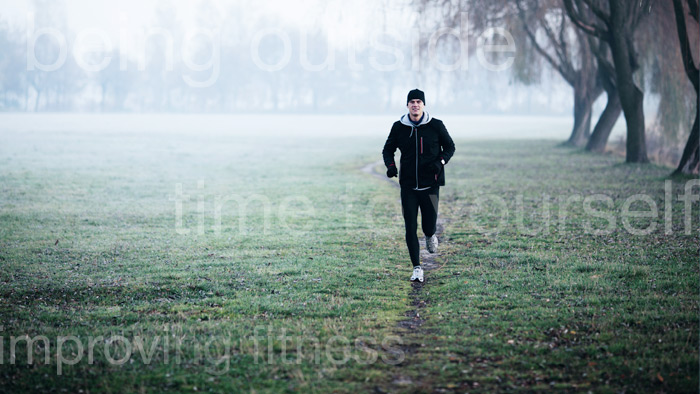Winter is the perfect time to iron-out any little niggling injuries that may have developed over the season. By properly programming your training, it is possible to reduce the chances of injuries in the future.
In this blog I aim to set-out five training priorities. The purpose is to help you reduce the risk of having an injury as well as to help you excel into your next season.
Two Categories of Injury
Let’s first begin by highlighting typical types of injury. These fall into two categories: intrinsic and extrinsic. Intrinsic injuries would include tendon strains or overuse injuries such as stress fractures or tendonitis (from general training and normal events). Extrinsic injuries might include sprained ligaments, fractures or cuts, abrasions or dislocations (from falling off the bike for example).
There is no way to completely avoid getting injured; certain things will be completely out of your control. However, it is possible to program your training to better reduce the chance of injuries.
Some causes of injuries?
Intrinsic injuries could be caused by:
- Your range of movement not being sufficient for the desired activity.
- Your technique.
- Previous injuries.
- Inappropriate training.
- Insufficient fitness or strength.
Some common causes associated with extrinsic injuries are:
- Increased training load.
- Physical mistakes, like bike crashes or tripping while running.
- Environmental factors, like getting dumped by a big wave.
- Lifestyle factors such as lack of sleep or bad diet
Programming to Reduce the Likelihood of Injury
Generally, getting an injury is bad luck, but the chances of getting injured can be reduced. Two key factors mentioned above: bad diet and lack of sleep, could be dealt with simply by highlighting that they exists in the first place and then monitoring using separate interventions, such as using a metrics log in TrainingPeaks or in a food diary.
Let us here look at how programming training can reduce the risk of injury and help you to excel next year. Below are five priorities taken from a pyramid. You should start with number one (the bottom, largest layer) and keep it as your first priority all the time. Each priority should layer on top, to take less emphasis than the one before.
Technique
Firstly and most importantly is to practice proper technique. This is ideally done with the help of a technical triathlon coach or a swim, bike run coach per discipline. Always prioritise good technique first.
Mobility and Stability
Secondly we need to work on mobility and stability. It could be very helpful to recruit a physio or strength and conditioning coach to highlight areas that need mobilizing or strengthening in the gym.
Strength
Thirdly, strength is a key attribute to reducing the chances of injury and increasing performance. Once proper technique is learned and the required range of movement is achieved, strength training should be layered on top. You can use over gearing or swimming with paddles to help increase strength. Lifting heavy weights in the gym will train the body to cope better with the forces inflicted through training. Whilst at this time of year it is best to swim, cycle and run at low intensity, the strength training should be hard and heavy. Once more, technique is the number one key, followed by mobility and stability; only then should the strength be layered on top.
Power
The fourth consideration (which requires a good level of strength) is power. This is achieved by a combination of the force applied to the pedal when cycling, the ground when running or water when swimming, combined with the cadence or stroke rate. In the gym this would be lifting medium to heavy weights but lifting them fast. Becoming more powerful is not only going to reduce the risk of injury but it will make you perform better.
Speed
The fifth and final consideration should be speed. By spending enough time at each stage set out above and layering on the next stage as you earn the right to do so, you will be safer, less prone to injury and more robust when going at speed. Going at speed puts lots of stress through the body. If any of the above priorities have not been programmed into your training, going at speed will pose a far greater injury risk and could prevent the continuation of the training program right when you are getting ready to race.
Conclusion
Every person is different and has various strengths and weaknesses. While the bullet points above could broadly provide a sort of systematic clarity, it is important to be dynamic. It might be possible to do power training in some areas while solely working on technique in others, it depends on you, the individual. A complete beginner could use pure technique to achieve completing his first triathlon. Likewise some athletes could include speed training to their program, all year.
The key point to this post is to encourage building strong foundations before progressing. Smart programming will not only help reduce the chances of you getting an injury but it will help you to excel next year too. Happy Triathlon training!








